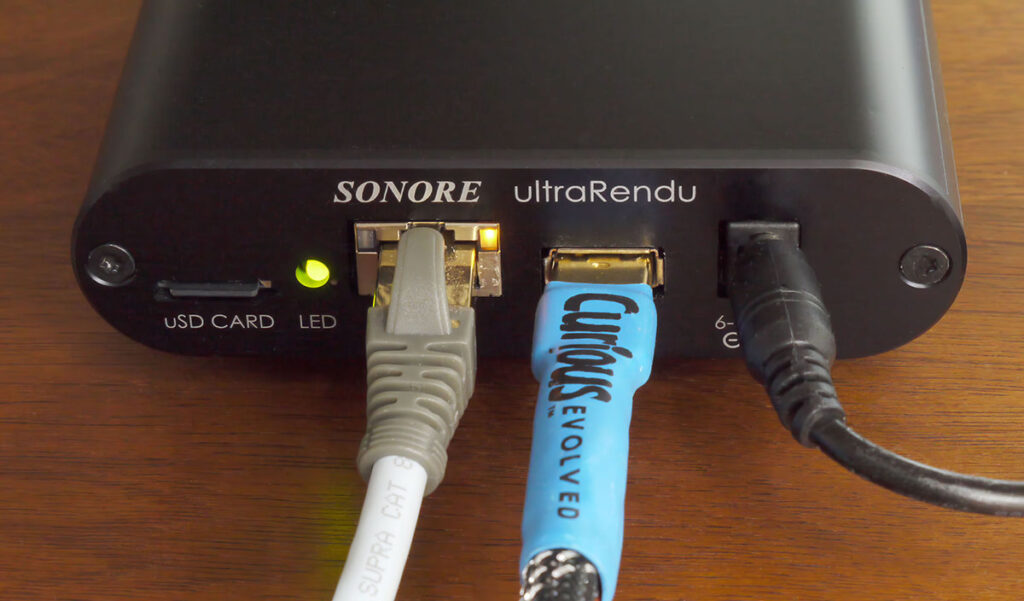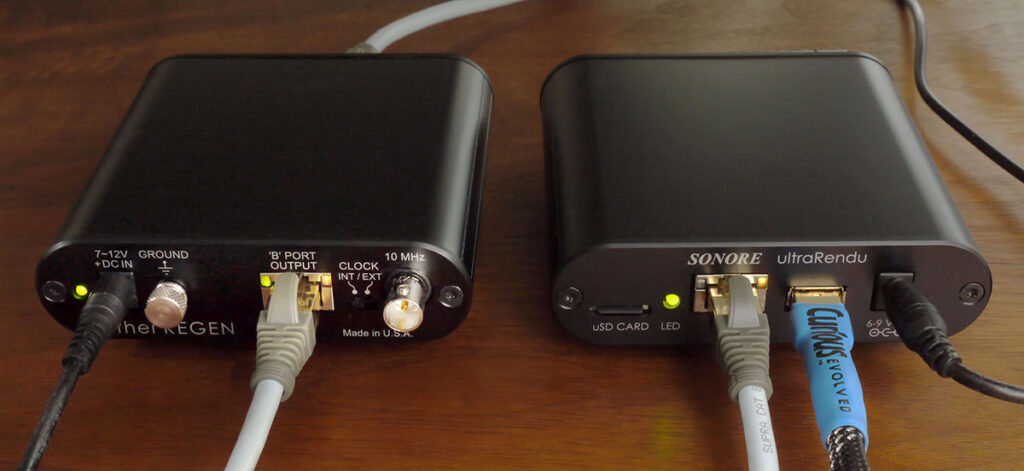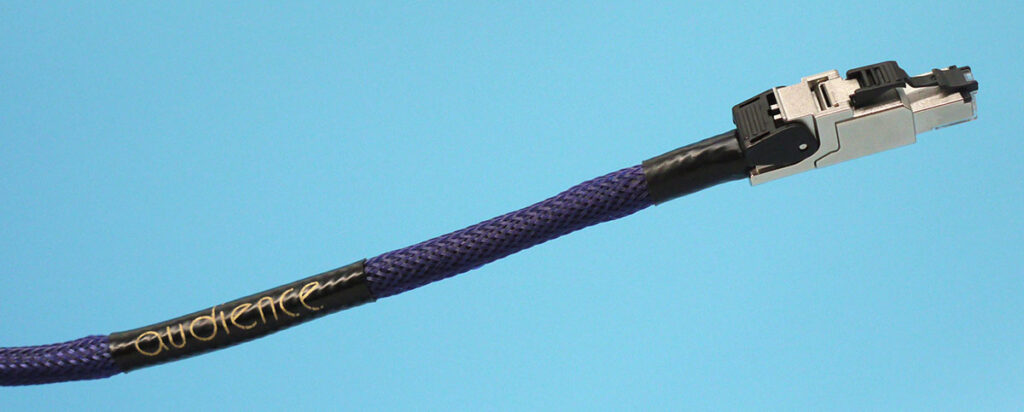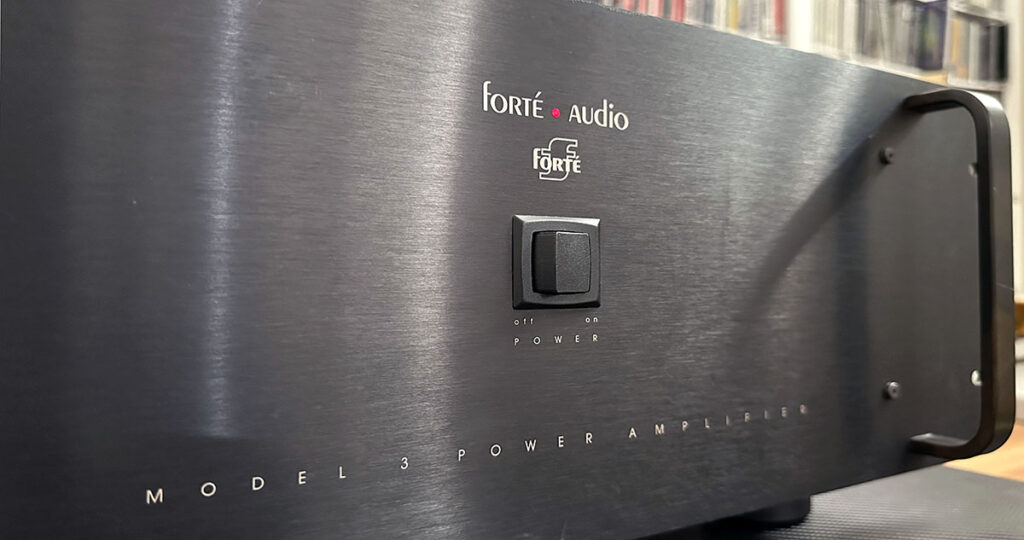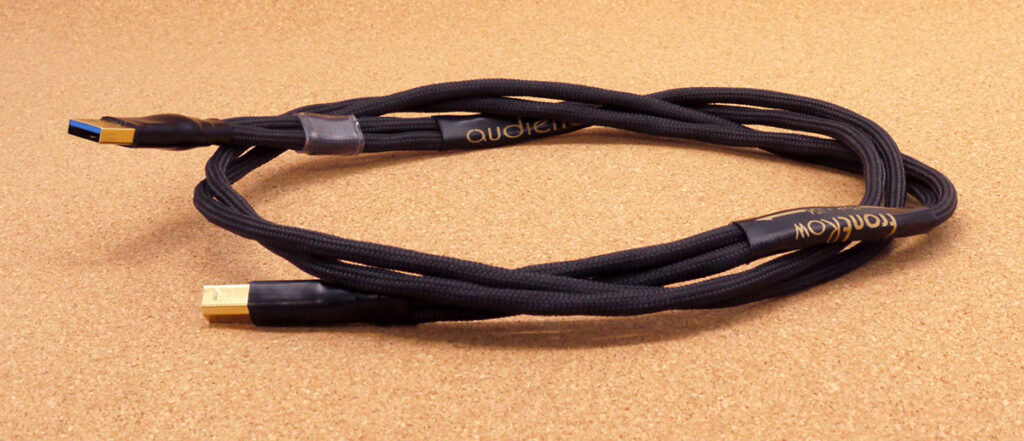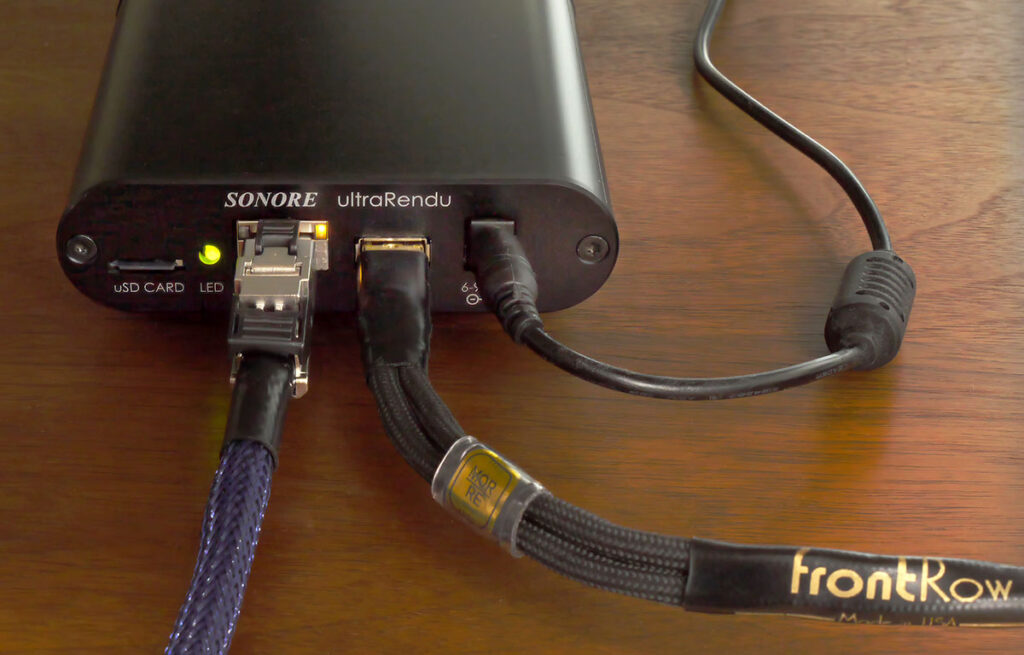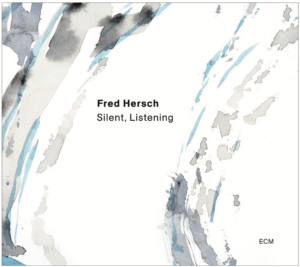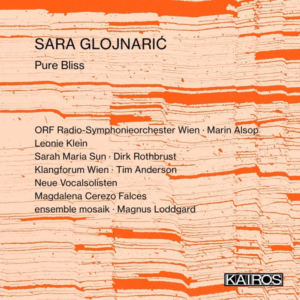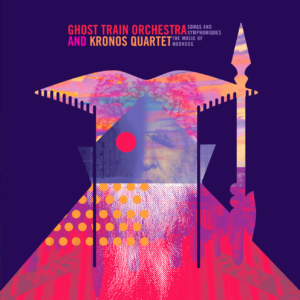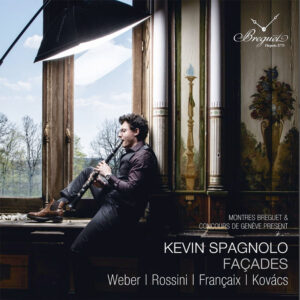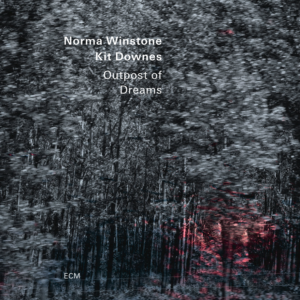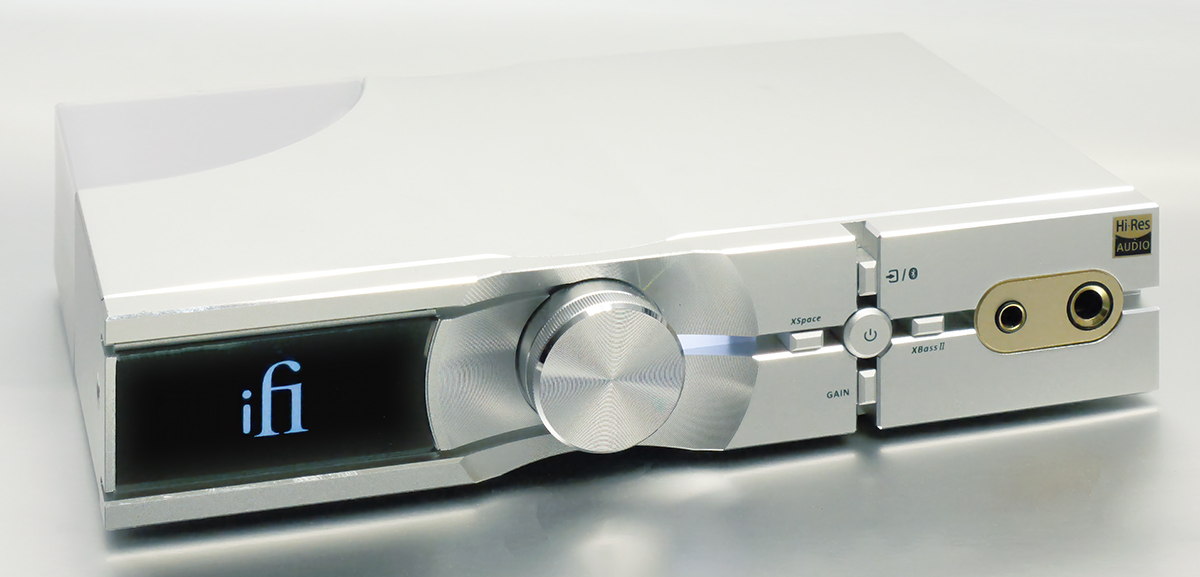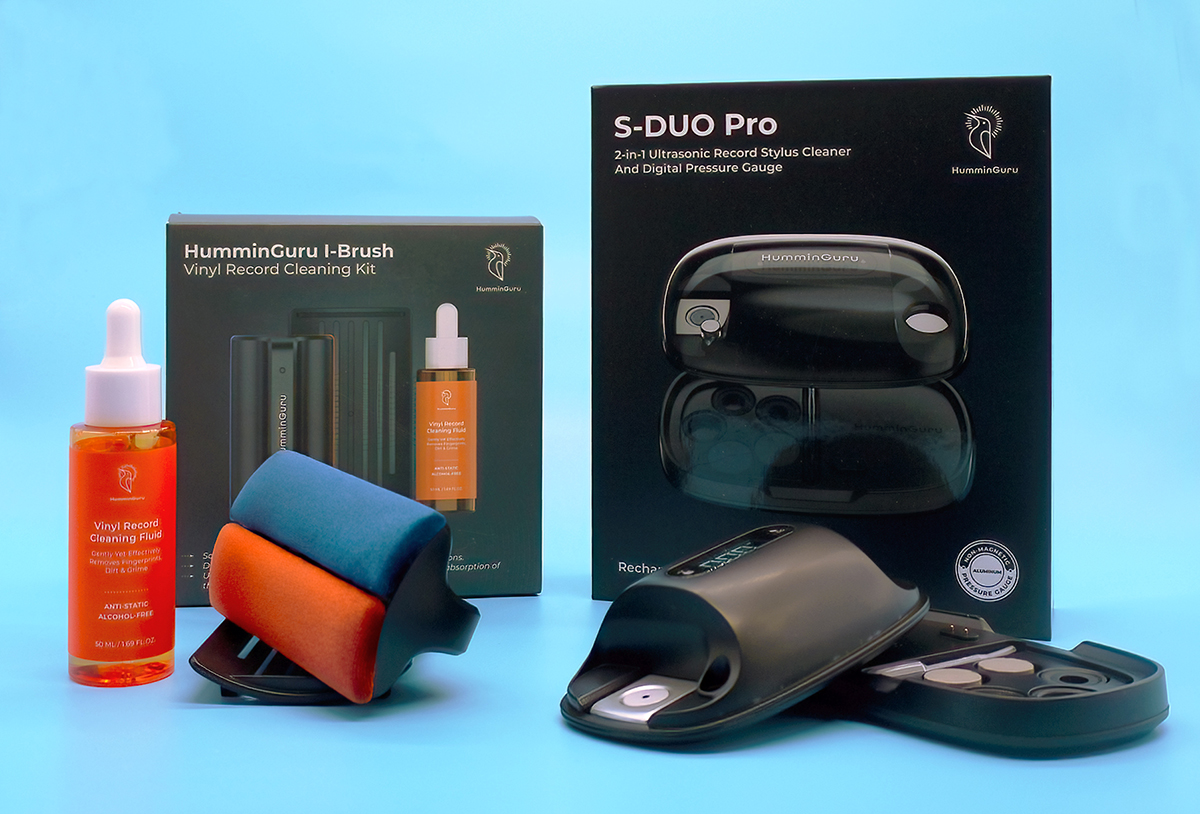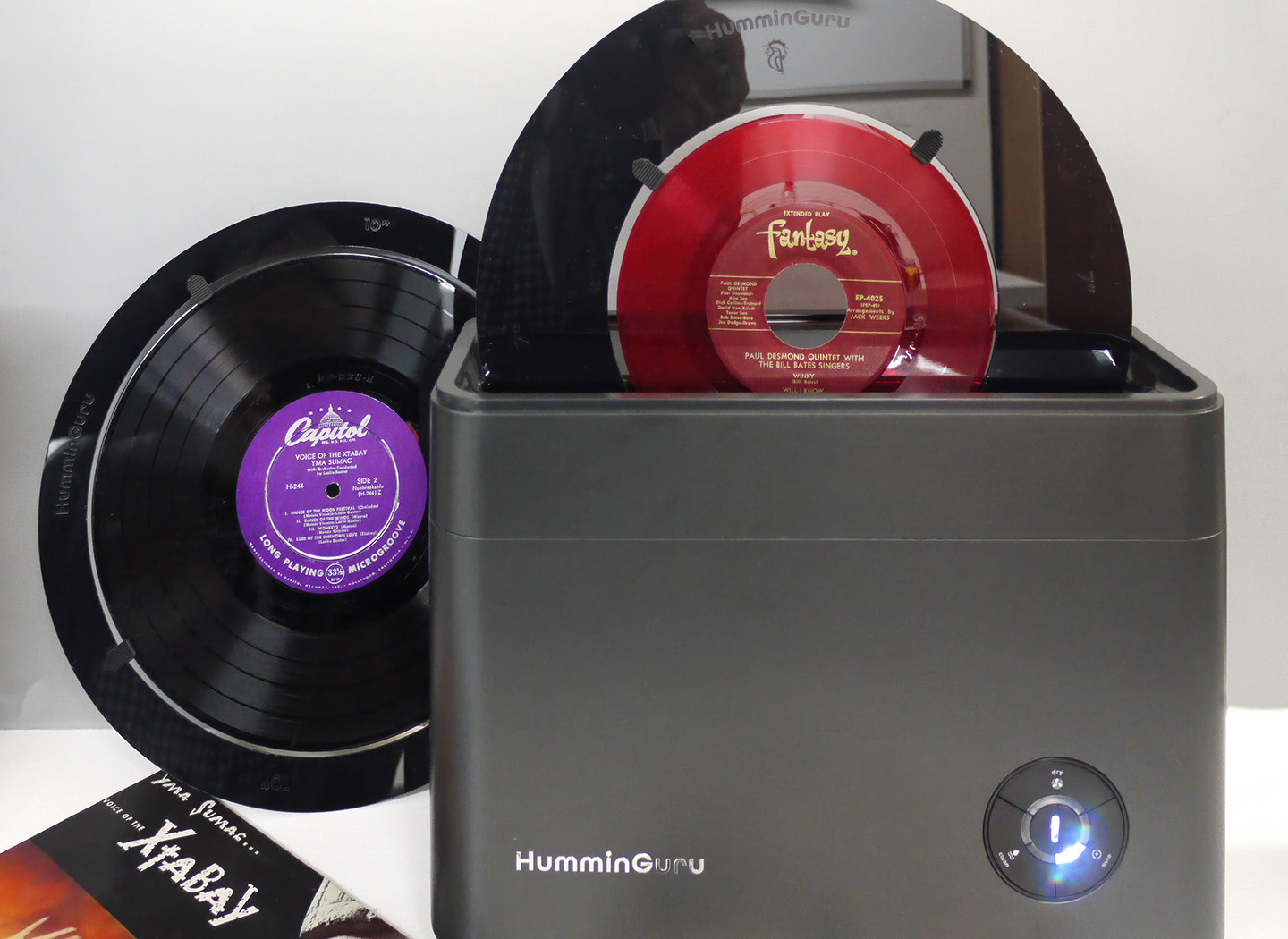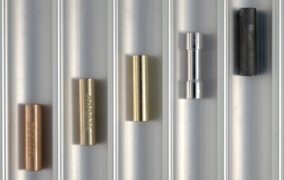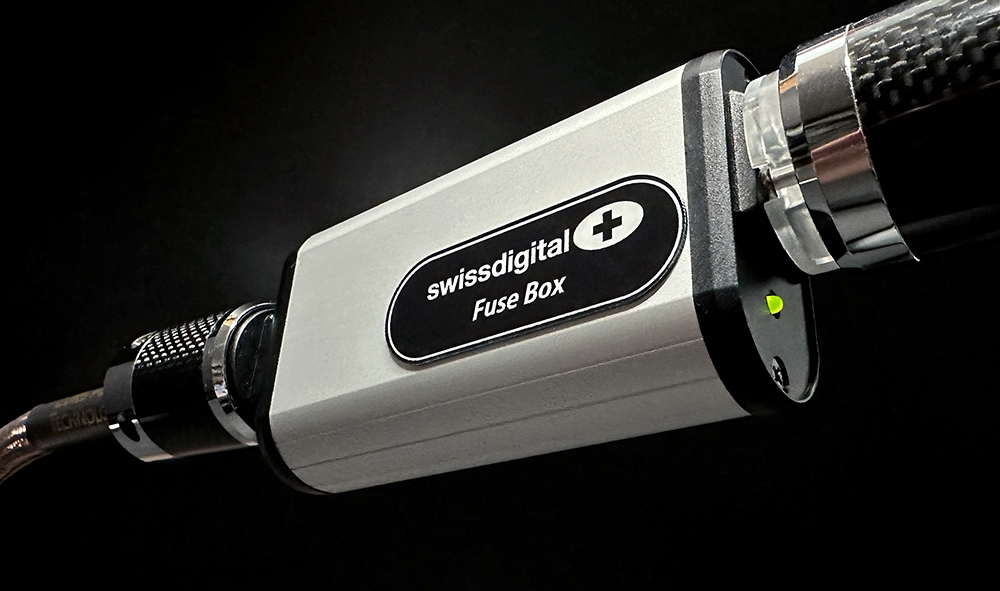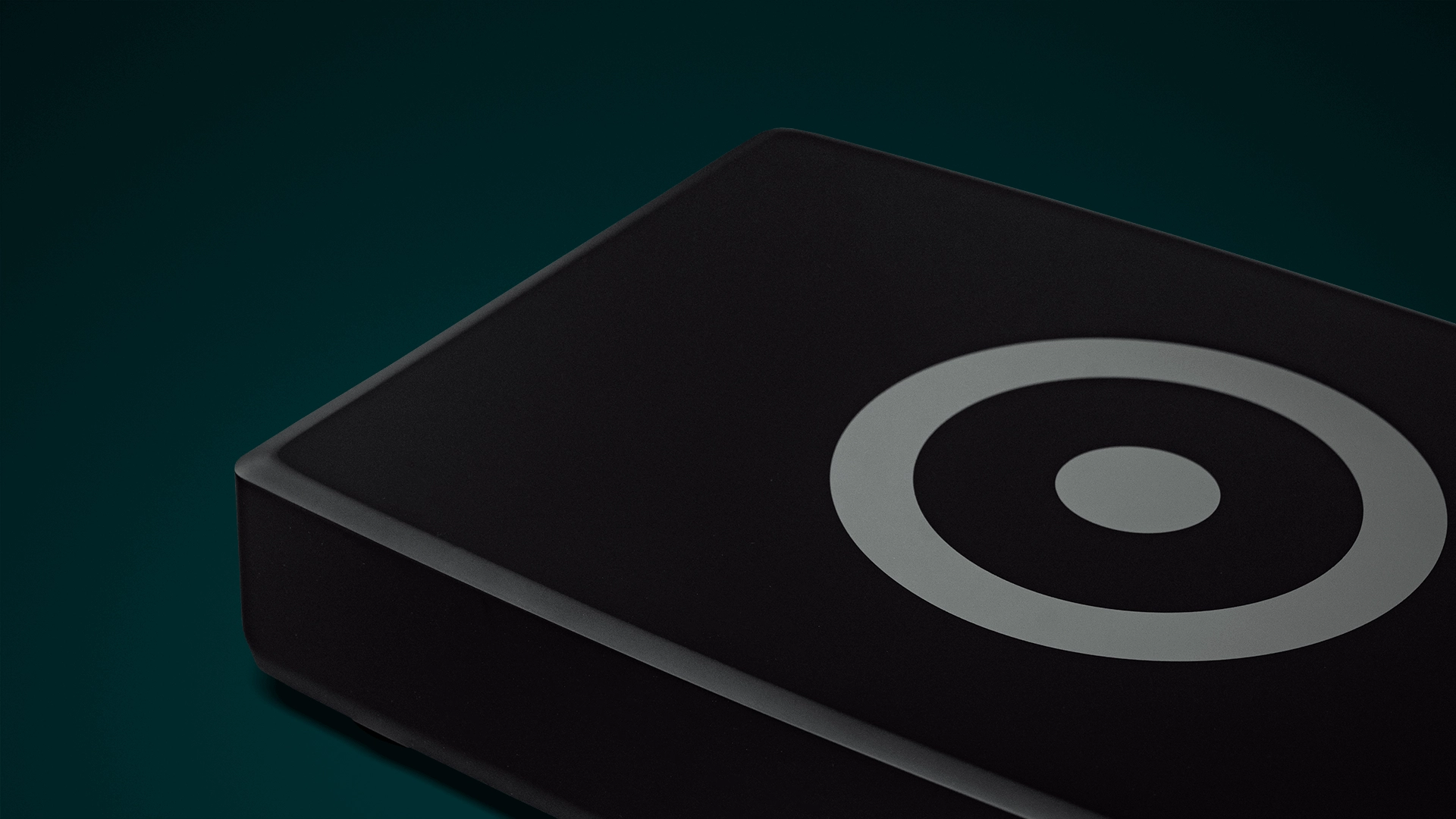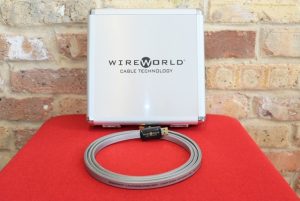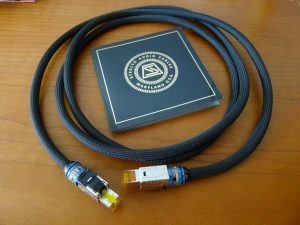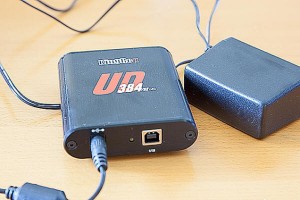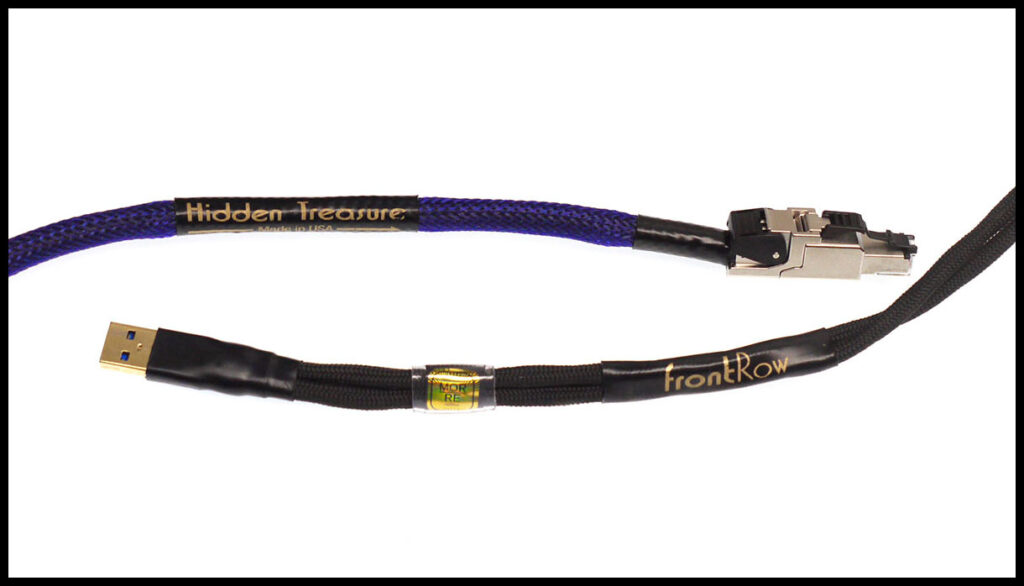
One approaches writing cable reviews with a bit of trepidation, especially about digital cables, and doubly so for those circling around the kilobuck range (as the Audience AV cables under consideration here do). After all, cheapo generic—even freebie—digital cables either work…or they don't, so you just toss 'em, right? We've all heard the bits-is-bits arguments. The digital cables can't possibly make a difference arguments. The snake oil and audiophool jewelry arguments.
Yes, audiophiles can be a tough audience—right up (down?) there with comedy clubs and middle school classrooms. Check the on-line forums: not a few self-identified Expert Audiophiles can seem a bit like inebriated hecklers or hormone besotted adolescents.
My own toughest audience? An 8 AM Monday class of art college photography students to whom I was trying to explain the rudiments of semiotics—the study of signs and symbolic meanings embedded in language and art. Granted, they could be a bit hungover and/or hormonally exhausted at that hour. The avid record collector in me cut through the fog by having them "decode" album covers—think Sargent Pepper, Hipgnosis, and ECM.
Maybe that's why I find it symbolically interesting that a company named "Audience AV" so uniquely identifies itself with its customer base, and not its products.
It's almost always more common to see words like "audio" linked with an aspirational signifier like researchartzenquestexcellencealchemynotepursuitsensibilityphile to seduce the market. Audience simply says "Take a seat and enjoy the show."
Audience also chooses to name and spell its products obliquely: adeptResponse doesn't scream power conditioner, nor does Hidden Treasure suggest wall outlets. Yet I have sought out and bought their products in both categories to great long term satisfaction. Even frontRow is not really descriptive of product, but at least slyly implies a ranking in their cable offerings, which reviews have typically confirmed.
Of course, most of those reviews are roundups of the usual suspects—interconnects, speaker cables, and their "powerChords." However, it was my own penchant to first upgrade the weakest links in my audio system that led me to audition instead two of their digital cables: the Hidden Treasure CAT7 Ethernet ($700 for .75M) and the FrontRow USB ($1300 for 1M) cables. Why Audience specifically? In my system, the Ethernet and USB cables run sequentially, and I presumed they were similarly "voiced" and auditioned together.
Why now? For the last six months or so I've enjoyed a major transformation of my system, in large part due to incorporating a pair of Vera-Fi Swiss Digital Fuse Boxes along with their still evolving choice of "Sluggos," the little rods that actually replace the fuse in a component. The SDFB microprocessor circuitry neatly solves the safety issue, but the ultra-low resistance Sluggos unexpectedly improved overall system performance dramatically. Simply put, I felt I was hearing the full potential of the de-fused components and attached power cords for the first time.
Of course, that implies that somewhere must now lurk a new "weakest link" to address, and then move on to the next weakest, etc. Meaning that a little $395 box could initiate purchasing more power cords, upgrading cables, etc., and spending way more than $395 doing so. Yes, I warned readers that might happen. Several times. No regrets here, though.
Audiophilia Nervosa may well be an incurable disease, but I think of my Fuse Box journey as a bit therapeutic: I now have zero interest in plunging for a new amp or speakers. My analog system also sounds extra-fine through the Fuse Boxed electronics. But…was my six year old Chord Qutest DAC suddenly the weakest link? It's not upgradeable—no FPGA firmware to update. Was it time to compare it to something newer? Maybe, but would it not make sense to first upgrade the digital feed to both the Qutest and any potential challengers?
Now comes the mandatory disclaimer: every audio system is different, and that seems particularly so as streaming evolves to replace physical media, and hardware and connection options proliferate. Some setups (like mine) require both Ethernet and USB, others just one or the other, some neither—if you trust in WiFi. So your skin in this game may vary a bit.
In ancient times I simply downloaded high-res files to my MacBook, and playback was through an iFi USB DAC. The Qutest was chosen as a compact digital hub that would also let me connect my OPPO 205 CD/SACD player, D.BOB, and other devices (yes, it also sounded way better).
The Comcast WiFi router of the day didn't work well given the house layout, so I ran 10M of generic Ethernet cable down, across, and around to the basement listening room. I hooked up a Roon Nucleus for storage management, and a Sonore UltraRendu to feed the Qutest via a well-regarded USB cable I had been using. The results were… a bit underwhelming. At the time, few audiophile cable companies even made Ethernet cables. One exception was Sweden's Supra, and the cost of 10M of their CAT8 cable was "affordable."
One big difference between sending computer files versus music files over a digital cable is that audio files are very sensitive to data delivery timing while even complex computer files are not. This is mostly because USB data files are back-checked for integrity, while music files are not. And all sorts of things can affect what we now call jitter. Conductor and dielectric quality and geometry, RFI shielding, termination quality, USB transceiver design, etc. The key hardware addition to my streaming setup was an Uptone Audio etherREGEN, essentially an Ethernet switch that isolates, regenerates, and re-clocks the digital stream ahead of the ultraRendu. Of course it also required another Ethernet cable to link them. I tried a generic at first, but again a short Supra was obviously superior.
The USB cable between the ultraRendu and Qutest DAC then became a weakest link suspect. This was back during the shut-down plague days, so I mail-ordered four USB cables from small manufacturers around the globe (HERE), priced between $400 and $600 at the time. Each employed unique approaches to improving USB sonics, and immediately put to rest any notion that a digital cable shouldn't, couldn't, and wouldn't change (let alone improve) the sound. For instance, one was clearly preferable with my tube amp, another with my solid-state amp. And sure enough, gizmos like the Audioquest Jitterbug and USBe Perfect also moved the needle. I still use them all—in the main system, in my office desktop and workroom set-ups, and with the OWC CD/DVD transport I use to burn music from disc to Roon.
It's just a couple years later, and many more audiophile cable concerns now make Ethernet cables, not that I could afford 10M of most of them. But since the etherREGEN re-clocks the signal, I figured replacing the short Supra with something more upmarket should make a difference. I considered several options before settling on a .75M Audience Hidden Treasure CAT7 ($700). Yes, they claim that it "was designed as an upgrade to all other Ethernet cables," but they also back that up citing years of anti-jitter R&D, proprietary cryogenic treatment and high voltage zapping, RFI-blocking nano-crystals, quality connectors and conductors, etc. It is stiffer and more substantial than the Supra or generics, which I suspect relates to conductor geometry (Ethernet requires four twisted pairs) and shielding. It is wrapped in a deep blue Techflex jacket that probably means "not for in-wall use," but the connectors are robust and seat securely. The shrink-wrap labels are marked for direction—that may just be because they are used on other Audience cables, but I followed the arrows.
In recent years, in order to fairly evaluate equipment for review, I have always simply disconnected my BSG QØL Signal Completion Stage. That long discontinued image processor effectively expands the soundstage in my 150 sq. ft. listening room (and especially well as now powered through a Swiss Digital Fuse Box). I just connected the DAC or phono stage directly to the Bent Audio TAP transformer-based passive preamp.
However, my second SDFB also really improves both amps I use with my Spatial M4 Triode Master open-baffle speakers: the 8-watt tubed Coincident Dynamo 34SE Mk II and the maybe 10-watt Valvet E2se single-ended Class A solid-state. Obviously, I should also begin this review with a non-Fuse-Boxed amplifier, since not everyone has a SDFB (yet). However the only fuses of the correct value I had kept were of the audiophile variety. So I switched to my vintage Nelson Pass-designed Forte Model 3, which I have always preferred with my equally vintage Spendor LS3/5a.Two hundred watts is a bit of overkill with the 92 dB efficient Spatials, but that would eliminate any fear of the low-power amps compressing dynamics. Yes, it is like 35 years old, but something of a cult classic, as the asking prices on eBay suggest. Well maintained, but no tweaks—generic fuse and original captive power cord. And yes, the first watt is quite a bit more than decent.
Testing protocols were simple. I gave the Audience cables a week or so to burn in. As far as I know, there are no third party burn-in devices for USB or Ethernet cables like there are for analog ones. Not a problem, as Roon Radio is happy "Playing music similar to…" through to the DAC 24/7, even when the amp is off.
To evaluate the Hidden Treasure, I simply switched between the generic, the Supra, and the Audience. Didn't take long. The Supra was definitely much better than the generic, but the Hidden Treasure trounced the Supra. The Swedish wire was smoothly detailed, but seemed rolled off at both frequency extremes by comparison. The Hidden Treasure was somehow both sweeter and more dynamic, and complex passages and transients were handled much more cleanly. The benefits of the etherRegen were also even more apparent, something worth noting if you have a similar device or switch.
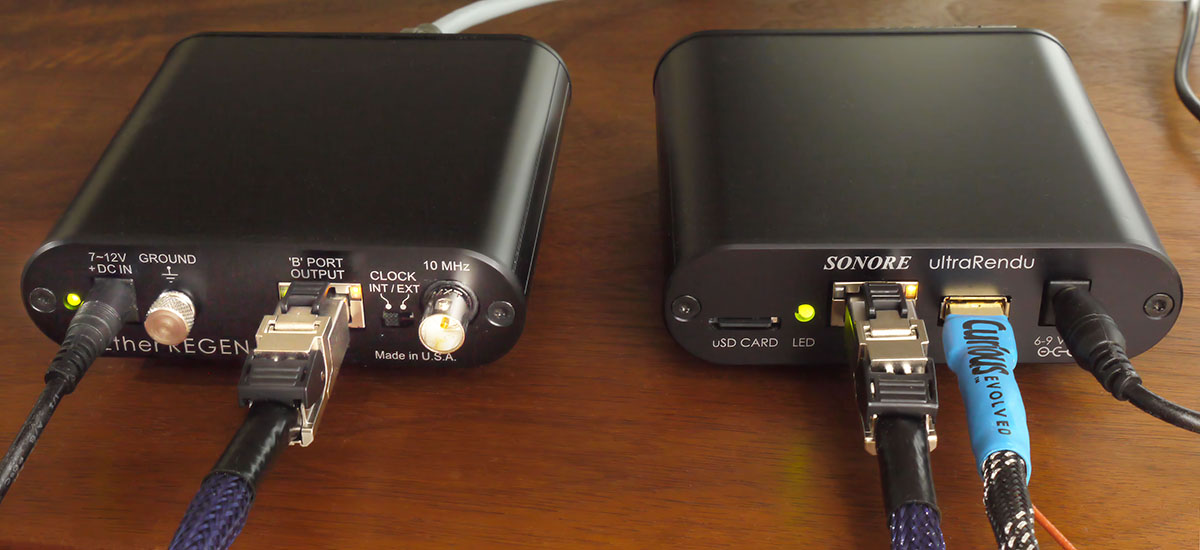
And presto! Weak link fixed!
I had a while back spoken with a long-time audio bud about his Hidden Treasure Ethernet cable, and he had flat-out said I'd be crazy to not couple it with a frontRow USB cable. It apparently shares a lot of the skunk works tech of the Ethernet cable, but takes everything even further. Audience says "MORRE (Musically Optimized Reduction of Resistive Energy) is the umbrella name under which all of the current proven Audience technologies lie…inclusive of materials, connectors, geometries, as well as pre/post production processes/procedures and everything else."
The frontRow USB cable doesn't resemble the Hidden Treasure Ethernet much at all. It is actually two cables slowly twisted and combined at the connectors. I don't know if this is to isolate the signal connectors from the 5v "handshake" circuit (as is done with my Curious Evolved USB cable and some other manufacturers) or for some other purpose. The dark gray sleeving is snug but flexible. The gold-plated USB A connector boasts the blue plastic USB 3 identifier, indicating it could transfer data really fast, but the B end does not. I don't know if that has any bearing on audio performance at all. Nor does it matter much to me that both Audience cables score a bit low on the Bling Scale.
For the USB trials the Hidden Treasure was left in place while I switched between the frontRow and the four USB cords from the review mentioned above. Not because it was exactly fair–the widely distributed Audience cable retails for 2-3 times the direct sales-only cable prices of the 2021 survey. At least two of the firms have newer models, and prices have increased a bit. However, having reviewed them using the Supra Ethernet cable, and with the Hidden Treasure proving so superior to it, I wanted a re-hearing.
This took a while, but the different strengths and weaknesses I had noted with the Supra remained with the Hidden Treasure—and were even more distinct. However, comparisons to the frontRow USB consistently favored the Audience cable by even greater margins. Resolution, image specificity and stability, soundstage width and depth, dynamics and timbre with the Hidden Treasure + frontRow combo were simply first rate. I even hooked up the LS3/5a speakers to confirm how the Audience digital cables could elevate the musicality of those beloved BBC boxes.
But enough real world praise. You can get that anywhere.
I'd gone through all this review stuff just to find out—specifically—how well the Audience cables would perform in my idiosyncratic system, as turbo-charged with the still esoteric Swedish Digital Fuse Boxes and the NLA QØL? Not fair, you protest? Any less fair than a cable review done with $50K speakers and $100K electronics you also don't have? Or by a reviewer who insists on DSP room correction and subwoofers you disdain?
Stereophonic sound is the product of recorded phase and amplitude differences heard by two ears and interpreted by the brain. If we acknowledge that characteristics like resolution, imaging, soundstage, smear, glare, tonality, and dynamics are affected by digital cable design and construction (i.e., issues like jitter), that crucial mental process is also affected. It is likewise worth noting that image processors like the QØL depend on manipulating analog timing—phase and dynamics—to allow the ear/brain system to reconstruct an expanded soundstage. Better digital information into a DAC means better analog information out to work with. Similarly, a SDFB simply makes it easier for a component like an amplifier (or the QØL) to process the amplitude and phase characteristics of the analog signal by eliminating the circuit bottleneck of a cheap fuse. It follows that SDFB'd amplifier and processor should better reveal digital cable differences than a conventional setup.
The fairest way to assess this in my setup was to continue bypassing the QØL and power only an amplifier with a Fuse Box, much as many SDFB users would employ one. I chose the Valvet amp to avoid wasting tube hours with the Dynamo. The Fuse Box opens up the 3D soundstage, retrieves ambience, and increases dynamic headroom. Voices and instruments gain body, presence, and character. Compared to my previous Ethernet and USB options, the Audience cables facilitated all this and brought noticeably improved overall clarity and expressive micro-dynamics to the presentation of a fuller, richer sonic palette.
The alternate approach—putting a Fuse Box only in a source component (integrated amp, preamp, phono stage, or the QØL in my system) can provide a similar and sometimes even richer presentation, depending on the characteristics of the components. With only the QØL "Boxed," the Audience cables moved the image further forward, back, and outside the speakers, upped the "palpability factor" for voices and instruments, and provided much more depth and "hall sound" compared to the cables they replaced.
Finally, using both Fuse Boxes and the Audience cables simply conveyed more of all of the above, and delivered the best sound I've ever heard from my system—by a surprising margin. The speakers utterly disappear; turn out the lights and so does the room. The Qutest stays, and so do the Hidden Treasure and frontRow cables. After all, the alternative was paying a lot more for a next-tier DAC, and still use less capable cables.
Of course, we are talking just a few feet of wire making a major dent in my IRS refund. I'm no fool—I went and did my own research on the internet. No, not the forums—I used the Cable Company as a neutral retail pricing reference scale for audiophile cables. Over 35% of their 43 Ethernet cables cost more than the Hidden Treasure (up to $5900), and 25% of their 83 USB Cables were more expensive than the frontRow (topping out just shy of $8K). Apparently some folks get bigger tax refunds than I do.
The ethics of reviewing anything usually require evaluating only one item at a time, perhaps in comparison with similar alternatives. USB and Ethernet cables are different beasts doing similar jobs, like red and white wines. I've broken with convention because both cable types are required in my system, and can only be fully judged in the context of unusual partners like the QØL and the SDFB. A year ago I might have reviewed them with an audiophile fused QØL and an old headphone amp I have with a "spatial expander" option. Systems differ and evolve, but such ancillaries do serve to reveal the outer limits of stereo reproduction.
The audience for high performance audio is extensive and varied, but whatever one's system construction or listening preferences, the Hidden Treasure Ethernet and frontRow USB cables are most highly recommended, individually or together. I've recently taken to describing my soundstage as Sonic Cinemascope. Take your seat and enjoy the show.
For this review I used a variety of recordings streamed via Roon/Qobuz, including some interesting but not audiophile endorsed performances that their algorithms offered up. Most seem recorded in a well-defined acoustic space, and they sound great in all my system permutations, including headphone replay.
Here are a few I think worth exploring, depending on tastes:
I've not always been a fan of Fred Hirsch's recordings, but Silent, Listening holds my attention from start to finish. It's like a Venn diagram of jazz standards, originals, and a modernist exploration of piano sonorities. Also, it's one of the better recordings of solo piano I've heard. The ECM recording takes full advantage of the reverberant Swiss concert hall.
If you just know you hate modern classical music, I may have to force-feed Sara Glojnaric: Pure Bliss, seven non-boring sonic forays for orchestra, percussion, drumset, tape, vocalists, video, and prepared piano. You can't hate them all. OK, maybe you will. One caution—don't play "Artefacts #2" so loud that the neighbors call the cops.
If you enjoy crossover tribute albums for a famous, dead, but under-appreciated composer's oeuvre, consider Songs and Symphoniques: the Music of Moondog, from the Ghost Train Orchestra and the Kronos Quartet. A blind street musician, Moondog composed using Braille notation, so these are sonically adventurous arrangements, interspersed with ambient "field recordings" of New York City street corners for that extra bit of authentic context. A total treat.
If you also appreciate instrumental virtuosity in classical music, let me recommend Kevin Spagnolo's Façades. Art Dudley would often write about a musician's touch. For a clarinetist it's at least as much about tongue, as tastefully displayed here. The Swedish Chamber Orchestra is led most sympathetically by Michael Collins, himself clarinetist for the Wigmore Soloists. The pdf notes proclaim "Two Centuries of Joie de Vivre" in four languages, yet. 'Nuff said?
I have not forgotten it is de rigueur for an audio review to feature a female vocalist du jour. Like many audiophiles, reviewers, and editors, I'm a Boomer. It's been painful to witness the stream of voices that defined my generation fade, retire, or join the celestial choir. All the more reason to celebrate the seven decade career of the UK's jazz legend Norma Winstone and enjoy her latest for ECM, Outpost of Dreams. She turns 83 September 23rd, but why wait?
Hidden Treasure CAT7 Ethernet Cable
Retail: .75M $700
frontRow USB Cable
Retail: 1M $1300
Audience




